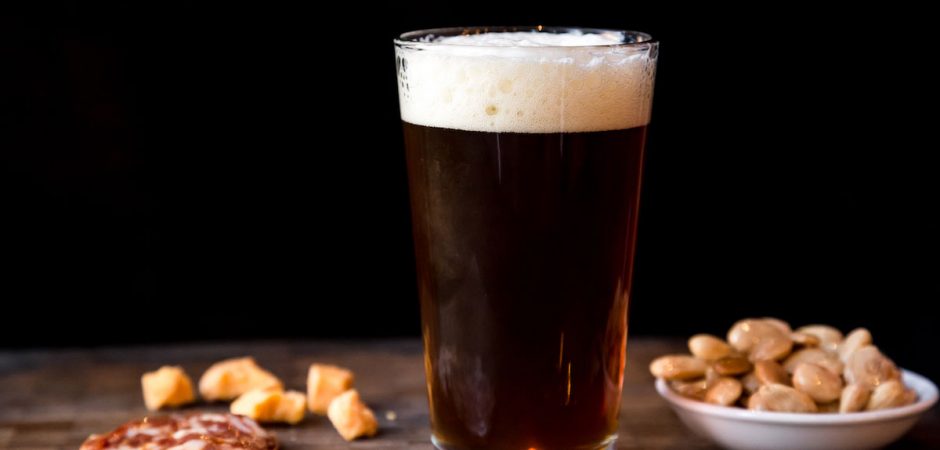Springtime White Wine That Will Rid You Of The Winter Blues
The taste of spring is tantalizing our taste buds even though it is likely a trick and Montana still plans on dumping another load of snow on springtime aspirations. The season may not be in full swing, but that does not mean there is a need to hold off on indulging in the succulent aromas and bouts of wonderfully warm weather. The grassy herb flavors of spring are fantastic but can also be a challenge to pair with wine. A few guidelines can assist you on your quest to combining the romance of wine and the reality of food. If your meal contains fresh leafy greens, think acidity and balancing the bitterness. Your wine should have more acidity than your food to avoid it tasting flat. If your food is sweet, it is prudent to pick a wine which is sweeter to ensure that your wine is not lost in the sweetness of your food. Here are a just a few of our springtime white wine favorites:
Domaine Romain Collet Chablis Les Pargues
Les Pargues sits between the vineyards of Montmains and Vaillons. Abandoned during the First World War, Les Pargues was ‘declassified’ to standard Chablis, but after the Second World War, the family began to restore it to its former glory. Now, 50-year-old vines deliver wines of impressive concentration. The honeyed minerals of this Chablis are urging a springtime combination. It has a medium body, fantastic tension, and a long dry finish. Its present minerals combined with lemon acidity will make this wine a great addition to many springtime meals without over (or underwhelming) its consumer. Serve slightly chilled with fine cuisine; especially fresh oysters, sea bass, or white meats.
Brunn Gruner Veltliner
Brunn is a small, family-owned and operated winery that uses 100 percent estate grown fruit. After harvest, the grapes are fermented in small tanks with native yeasts, followed by maturation in neutral vats in subterranean cellars as one of Europe’s oldest traditional basket presses. This light to medium bodied wine is appreciated for its acidity and alluring aromas of green apple, citrus, and a crisp, tart finish enticing your palate. This quaint, squat bottle with the soda cap is a fantastic deal holding one liter. Even better than the value is the exceptional way it pairs with food: Pork, chicken, tuna, salmon, shellfish, and soft cheeses.
Mark Ryan Viognier
In the early years of Mark Ryan, the first vintages of Long Haul and Dead Horse were crushed and pressed in garages of friends and family, but their goal has remained the same: “Make delicious wines that represent the vineyard from which they come, making every vintage better than the last…” The Viognier is no exception. You are wafted with notes of orange blossom, lemon, subtle banana, and buttered bread up front. The neutral barrel aging offers hints of smoke while adding rich, broad flavors of knockout apricot, peach, citrus rind and minerals emerging from the glass. This medium-bodied springtime white wine has a luxuriant mouthfeel that is offset by the wine’s buoyant acidity, holding it together tightly with a finish impressive in length. The floral aromatics of this wine have an affinity to fruit and the scents in the wine will be more present when you try them with foods that use fruit, but it is also a wonderful wine to embrace on its own.





